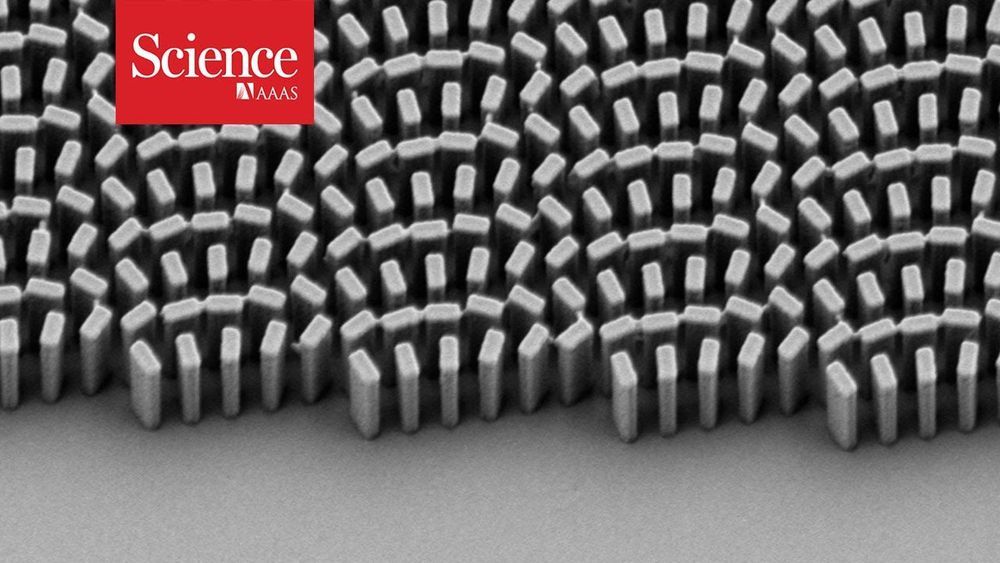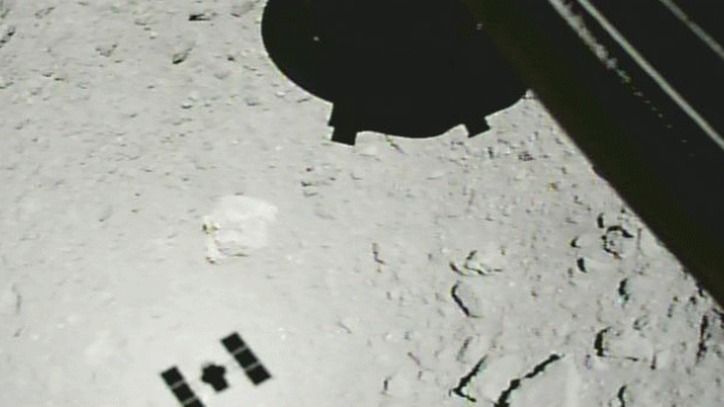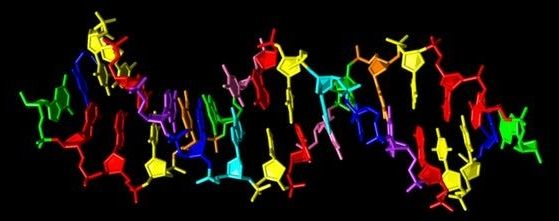Feb 22, 2019
We need better laws to protect the rights of future frozen cryonicists
Posted by Zoltan Istvan in categories: cryonics, law, life extension
Here’s an important story I wrote on #cryonics for Quartz about a recent tragedy of a young girl and society’s reluctance to give people rights after death. I think something like “Danielle’s Law” could be important moving forward:
Cryogenics is facing legal hurdles for people who want their bodies to be frozen for the future.

















